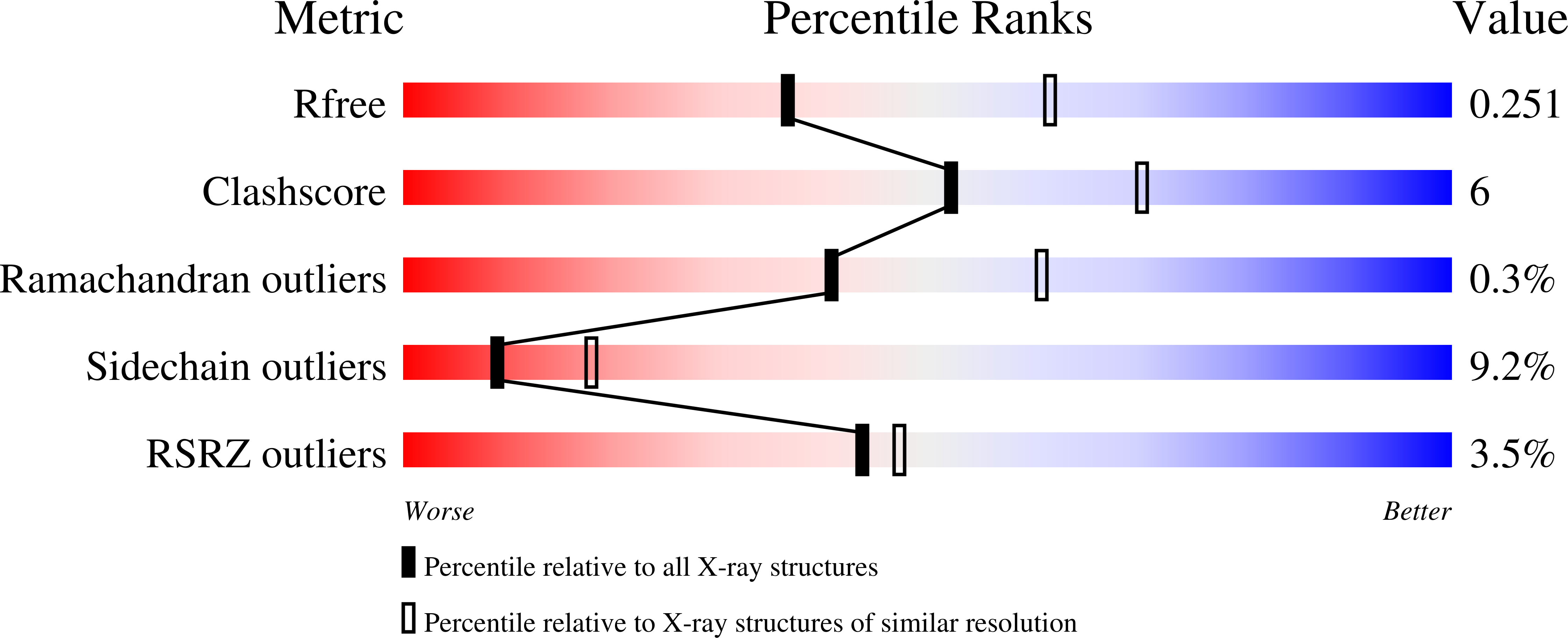
Deposition Date
2004-12-09
Release Date
2005-02-08
Last Version Date
2024-11-13
Entry Detail
Biological Source:
Source Organism:
Streptococcus pneumoniae (Taxon ID: 1313)
Host Organism:
Method Details:
Experimental Method:
Resolution:
2.51 Å
R-Value Free:
0.24
R-Value Work:
0.18
R-Value Observed:
0.19
Space Group:
P 32 2 1


